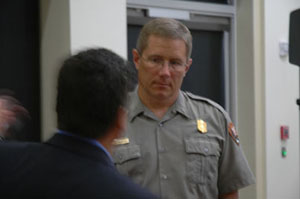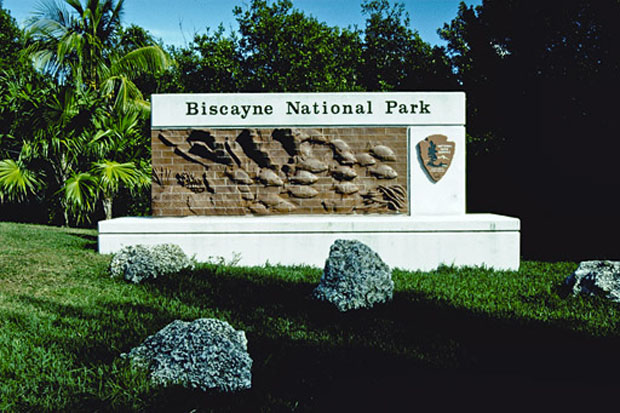Final Biscayne National Park General Management Plan Released
HOMESTEAD, Florida / June, 2015
[dropcap]B[/dropcap]Biscayne National Park released its final General Management Plan designed to restore the park’s coral reef ecosystem and improve visitor experiences.
“Our primary goal is a natural, healthy marine ecosystem for visitors to explore, learn about, and enjoy” said Superintendent Brian Carlstrom. “This plan will guide us and help ensure that the park’s vital and extraordinary coral reefs, mangrove forests, extensive tracts of Biscayne Bay and the Florida Keys, and 10,000 years of human history, will be protected for future generations.”

Biscayne Bay National Park Superintendent Brian Carlstrom took a lot of heat from both commercial fisherman and others, but habitat decline has taken its toll on both reefs and waters in general. Something had to be done.
Increasing pressure from recreational use, fishing, and development have taken a toll on Biscayne National Park over the last thirty years and a no-fishing marine reserve zone will be the primary tool used to improve the declining reef’s condition.
“A marine reserve is one of the most effective ways for us to encourage restoration of the park’s coral reef ecosystem and it received strong support from the public during development of the plan,” Carlstrom said. “In addition to producing larger fish and more fish for snorkelers and divers to enjoy, the marine reserve is expected to have a spillover effect, improving the fishing experience outside the zone.” The no-fishing marine reserve zone will set aside 10,502 acres (about 6%) of the park’s waters. An expanded slow speed zone along the mainland shoreline will improve manatee protection and an idle speed zone (no-wake) at Elliott Key will enhance boater and swimmer safety.
The park received about 43,000 unique public comments over the years as the plan took shape. “We worked with many partners and public agencies to determine the way to a healthy park and with minimum restrictions on activities in the park today,” Carlstrom said.
Continued public involvement is critical to success of park management actions. The park continues to work cooperatively with partner agencies, especially the Florida Fish and Wildlife Conservation Commission and the National Oceanic and Atmospheric Administration’s Fisheries Service.
The plan will be gradually implemented depending on available funding and staffing. Implementation of the marine reserve zone will occur after a special park regulation is issued. The regulation will define the various aspects and requirements of visitor access within the zone.
To download a copy of the final plan and more information about the plan click here . . . A limited number of CDs and printed copies are available in the Dante Fascell Visitor Center. For more information about Biscayne National Park please visit the park website . . .
About NPS
About the National Park Service. More than 20,000 National Park Service employees care for America’s 407 national parks and work with communities across the nation to help preserve local history and create close-to-home recreational opportunities. NPS Website . . .


